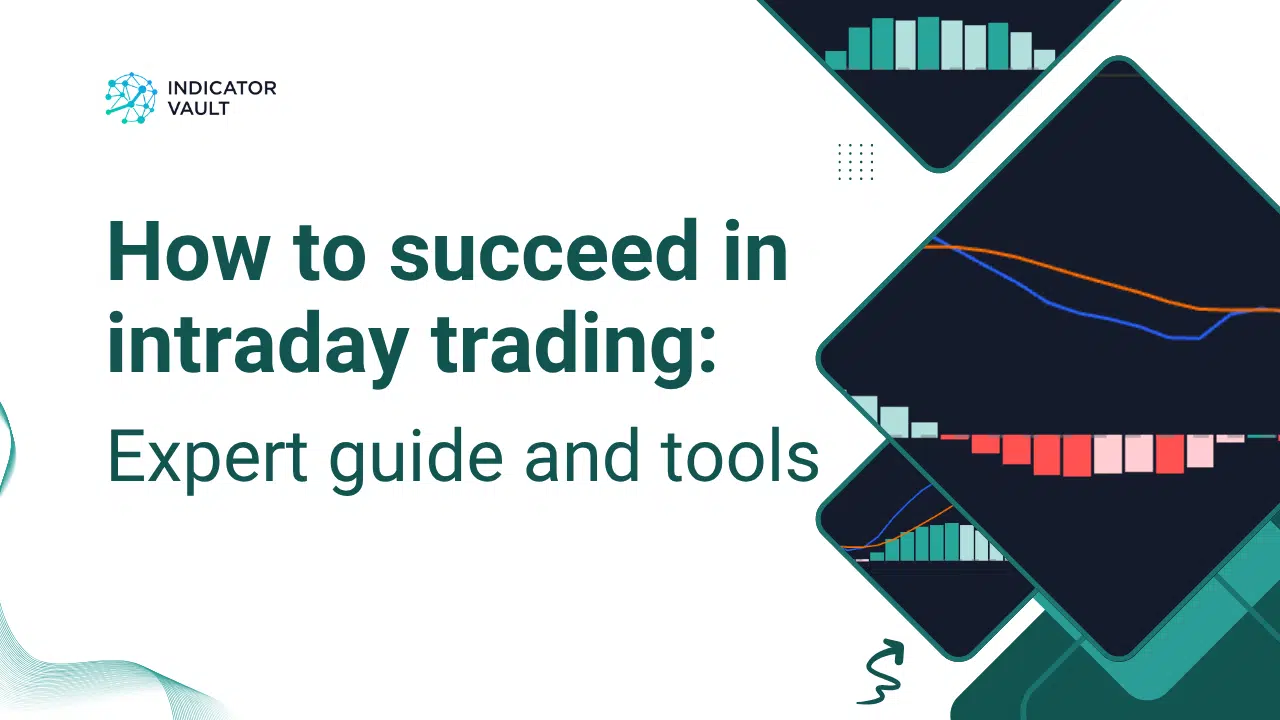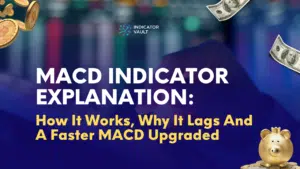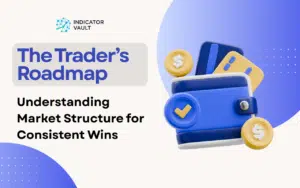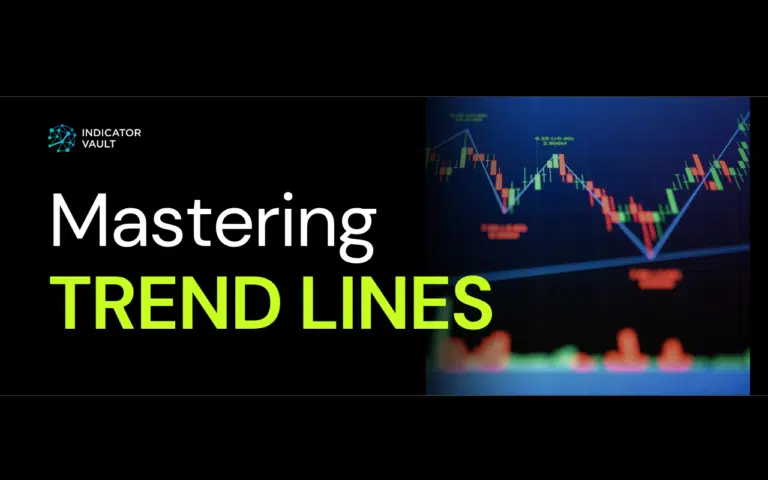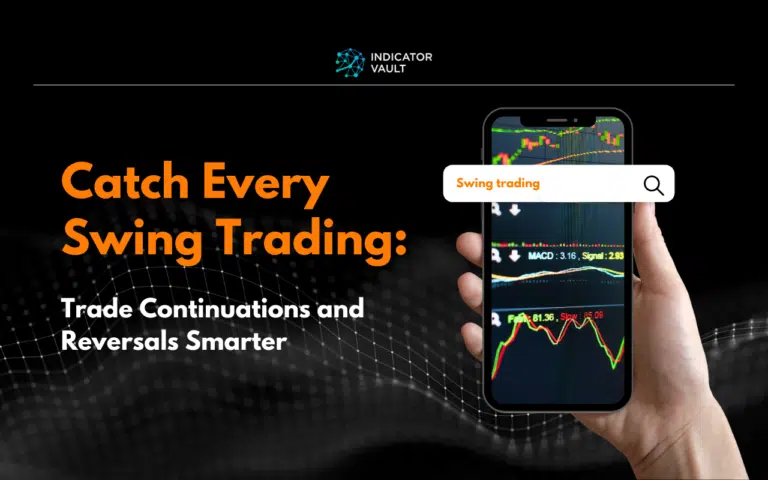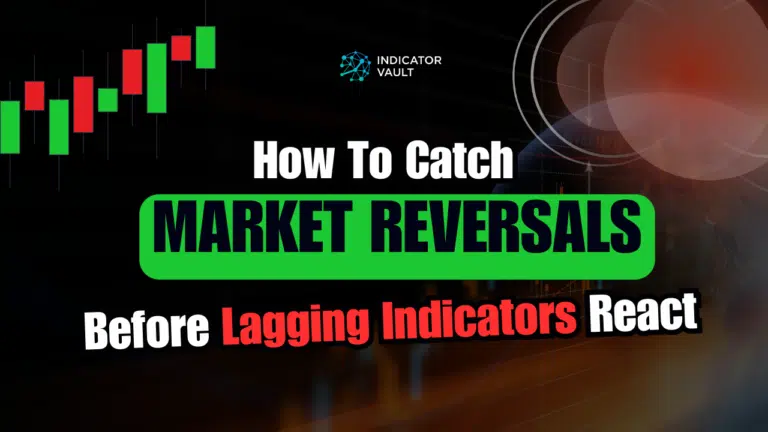Intraday trading has become one of the most popular trading styles among modern investors and traders. Its fast-paced nature and potential for daily profits attract both beginners and experienced traders. Although it has its fair share of cons compared to other trading styles, several experts have proven its long-term earning potential.
In this article, we will explore the fundamentals of intraday trading to navigate the market with confidence and avoid common pitfalls. Traders will also enjoy unique access to a commanding technical tool to ease the transition process while assuring more wins.
Table of Contents
1. What is intraday trading?
Intraday trading refers to the buying and selling of financial instruments within the same trading day. All positions are opened and closed on the same day, ensuring that no traders are left overnight.
This approach helps traders avoid overnight risks like gaps caused by unexpected news or events when the markets are closed.
Intraday trading is often compared to other styles like swing trading (where positions last a few days or weeks) or position trading (long-term positions lasting months or years).
While those styles rely on larger price moves, intraday traders aim to capitalize on small, frequent price fluctuations. Even a few points of movement can translate into significant profits when paired with the right strategies and proper risk management.
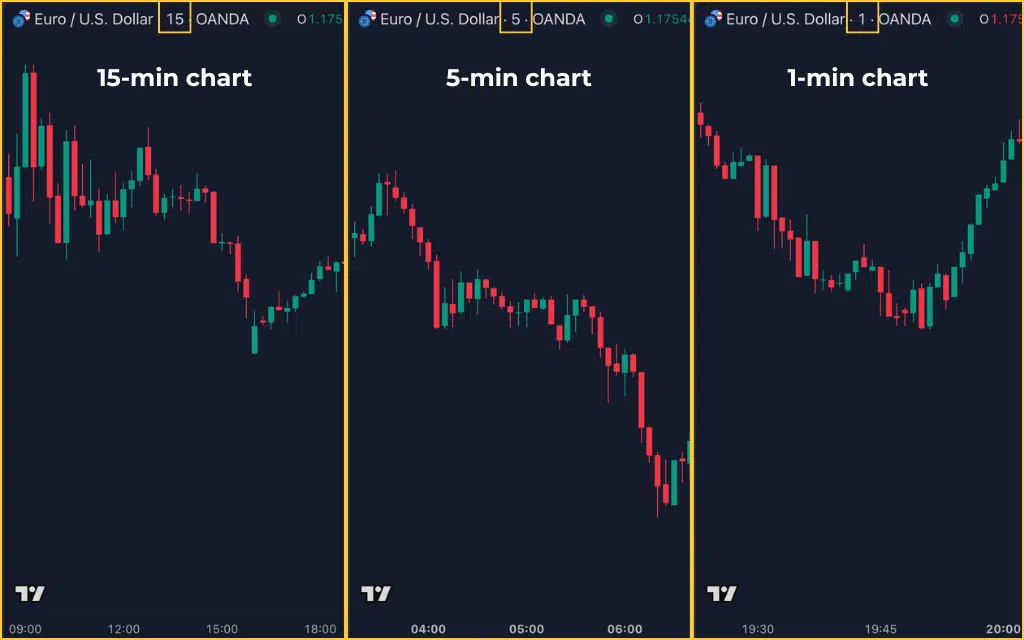
To succeed, intraday traders typically rely on:
- Short-term charts such as 1-minute, 5-minute, or 15-minute charts to track price patterns and momentum.
- Technical analysis with indicators like Moving Averages, MACD, and Average Daily Range (ADR) to discover promising opportunities throughout the busy period for day traders.
- Fast decision-making, as trade opportunities often appear and disappear within seconds or minutes.
2. How do intraday trading strategies work?
Intraday trading strategies focus on exploiting short-term price trends and volatility. Unlike long-term investing, where fundamental analysis is dominant, intraday traders prioritize technical signals and real-time market data to make quick, informed decisions.
Here’s a closer look at how these strategies operate:
2.1. Choosing the right broker and trading platform
A reliable broker is the backbone of intraday trading. Since traders often open and close multiple positions in a single day, low trading fees, tight spreads, and fast execution speed are critical. A platform with real-time data feeds and zero lag can mean the difference between hitting a profitable trade or missing the opportunity entirely.
2.2. Leveraging technical indicators and tools
Technical indicators help traders spot potential entry and exit points. For intraday trading, tools like MACD, RSI, and Volume Weighted Average Price (VWAP) are often combined to confirm price direction and momentum.
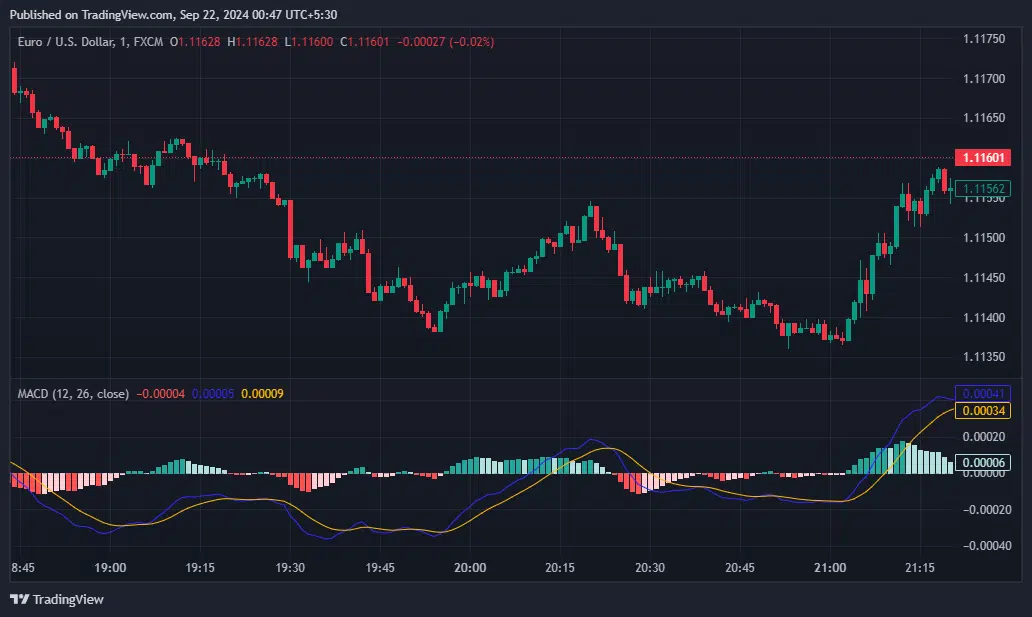
Additionally, economic calendars and financial news sources are crucial for tracking events that can cause sudden market volatility. For example, data releases, such as the U.S. Non-farm Payroll (NFP), can create sharp movements in currency pairs like EUR/USD.
2.3. Understanding leverage
Leverage is commonly used in intraday trading to amplify gains from small price changes. While leverage can significantly increase profit potential, it also magnifies losses, making risk management a non-negotiable skill. Traders must always use stop loss orders and avoid over-leveraging their accounts.
P.S. Brokerage firms offer the leverage retail traders utilize. Hence, this can also be a crucial requirement for the broker choice.
2.4. Speed and reaction
Opportunities in intraday trading are fleeting. A breakout or pullback might only last a few minutes, meaning traders need to react almost instantly. For this reason, highly liquid markets (such as major forex pairs, tech stocks, or commodities like gold) are preferred since they allow for quick entries and exits.
3. Benefits and drawbacks of intraday trading
3.1. Benefits
- Quick profits: Traders can potentially earn profits within hours or even minutes rather than waiting weeks or months.
- No overnight risk: Since all positions are closed by the end of the trading session, there’s no exposure to after-hours events or price gaps.
- Plenty of opportunities: Volatile markets generate multiple trade setups each day, providing several chances to profit.
- Flexible approach: Traders can experiment with various strategies, from scalping (ultra-short traders) to slightly longer intraday setups.
3.2. Drawbacks
- High stress and pressure: The fast-paced environment requires constant monitoring of price movements and rapid decision-making.
- Transaction costs: Frequent trades mean that commission, spreads, and fees can quickly add up, cutting into profits.
- Steep learning curve: Intraday trading demands discipline, strategy, and practice. Beginners who jump in without proper preparation often face losses.
- High risk from leverage: While leverage can boost profits, it can just as easily lead to significant losses when misused.
4. Learning from the pros with a powerful trading tool
Professional traders often rely on advanced tools to refine their strategies and enhance precision. While classic indicators remain staples, they can sometimes lag behind real-time market conditions. This is where the MA Precision Filter for TradingView comes in – a revolutionary technical tool designed to eliminate lag and provide lightning-fast signals.
The MA Precision Filter is an upgraded version of the traditional Moving Average, optimized for intraday traders who need faster reaction times and higher accuracy. It reduces noise in price data, helping traders identify real trends and filter out false signals.
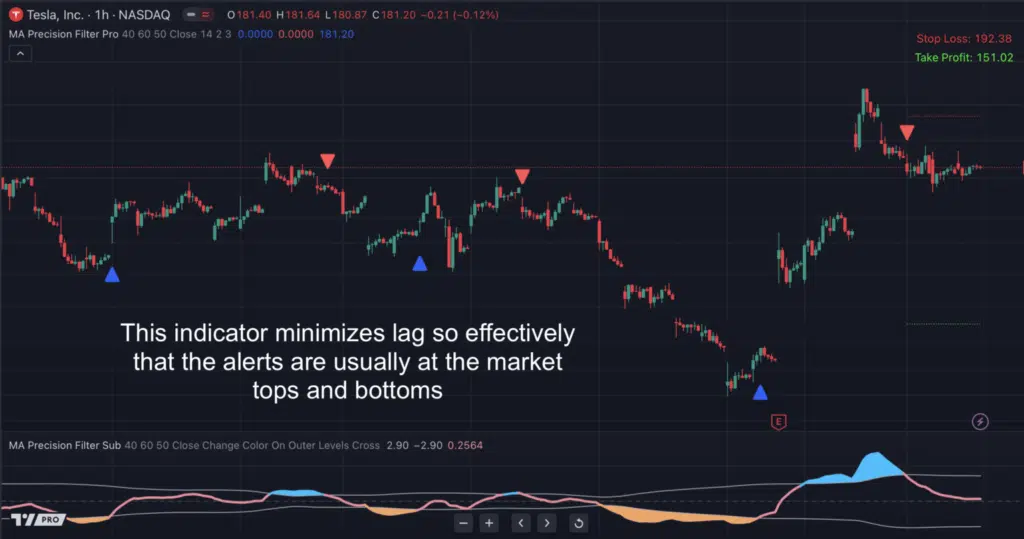
Key benefits of the MA Precision Filter indicator:
- Catch market tops and bottoms: enter trades right when the price reverses, maximizing potential profits.
- Reduced noise for better accuracy: avoid the confusion caused by fake breakouts or misleading signals.
- Versatility: suitable for scalping, intraday trading, and even swing trading.
- Multi-asset compatibility: whether trading forex, stocks, or commodities, they filter works seamlessly across markets.
Click here to explore the MA Precision Filter and see why many intraday traders call it a game-changer.
5. Final thoughts
Intraday trading isn’t just about making quick trades – it’s about mastering the art of timing, technical analysis, and discipline. While the benefits of quick profits and no overnight risk are appealing, traders must be aware of the challenges such as stress, transaction costs, and the risks of leverage.
With the right preparation, broker, and tools, intraday trading can be a rewarding venture. Pairing proven strategies with innovations like the MA Precision Filter can help traders act faster, reduce noise, and improve their decision-making process.
So what do you think about intraday trading? Leave a comment and share this post with your trading buddies!

